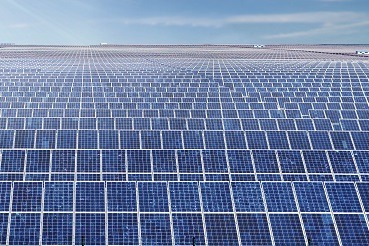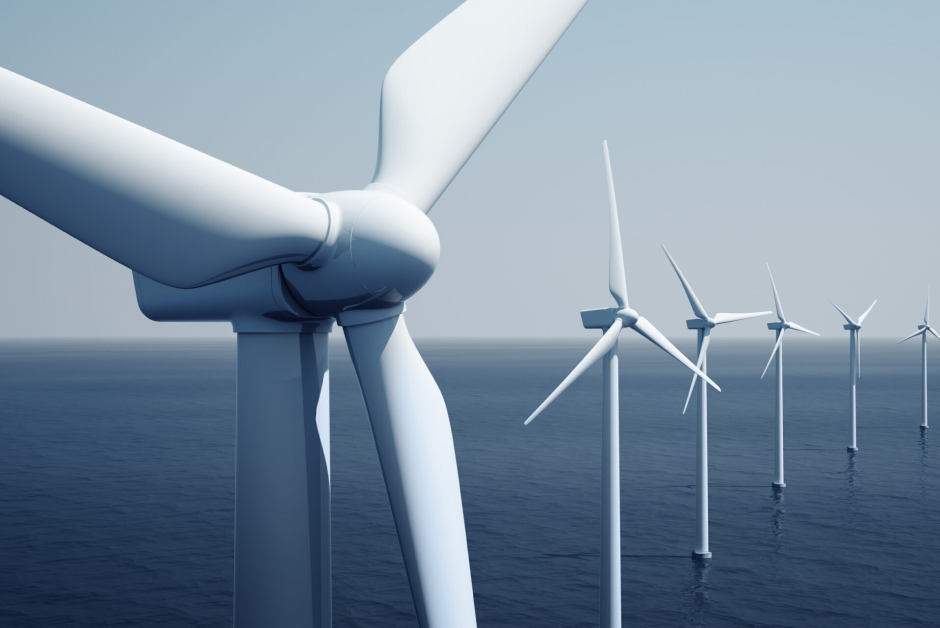Dynamic Load Flow simulations for optimisation of your electrical installation
Dynamic load flow simulations are simulations during which loads and generators vary over time. Examples include the starting of motors and generators. In the maritime industry, dynamic load flow is extremely important, as loads and generation need to be in balance. If this is not the case, fluctuations in frequency and voltage can occur, which can lead to errors in other equipment. However, with the rise of renewable energy sources, such as PV panels and wind farms, dynamic load flow is also becoming increasingly important in the built environment.

Possibilities of Dynamic Load Flow simulations
What are Dynamic Load Flow Simulations?
In a Load Flow simulation the capacity and load of a grid is studied. Load Flow literally means: the flow of current to the Load. In Dynamic Load Flow the grid is studied under varying conditions, instead of carrying out a single static simulation. This could be the day/night cycle or shorter time spans. This means inrush currents can be simulated as well as voltage level, cable losses, powers (active, reactive, and apparent), unbalance and reliability (N-1 criterion).
One step further: Dynamic Harmonic Load Flow simulations
A high level of harmonics can cause defects and malfunctions in electrical installations, thus affecting normal operation and introducing related repercussions, such as production loss, loss of revenue, productivity cost, decreased competitiveness and product damage.
Dynamic THD simulations are based on:






